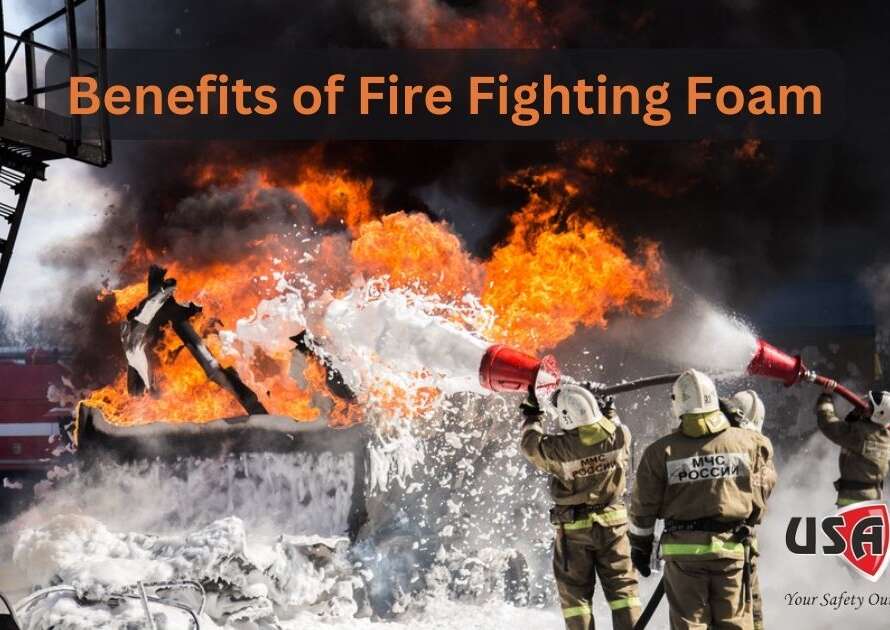Foam has been an important part of firefighting methods for years, helping to put out flammable liquids.
Foam extinguishes liquid fires in three stages, as opposed to other fire suppression agents like water and CO2: cooling the flames, smothering the fire, and removing the fuel source from the surfaces.
Additionally, it can effectively cushion the surfaces and fuel sources to prevent the fire from starting again.
When it comes to improving fire safety in locations where flammable liquids are processed, distributed, or stored, foam is thought to be the main fire suppression agent.
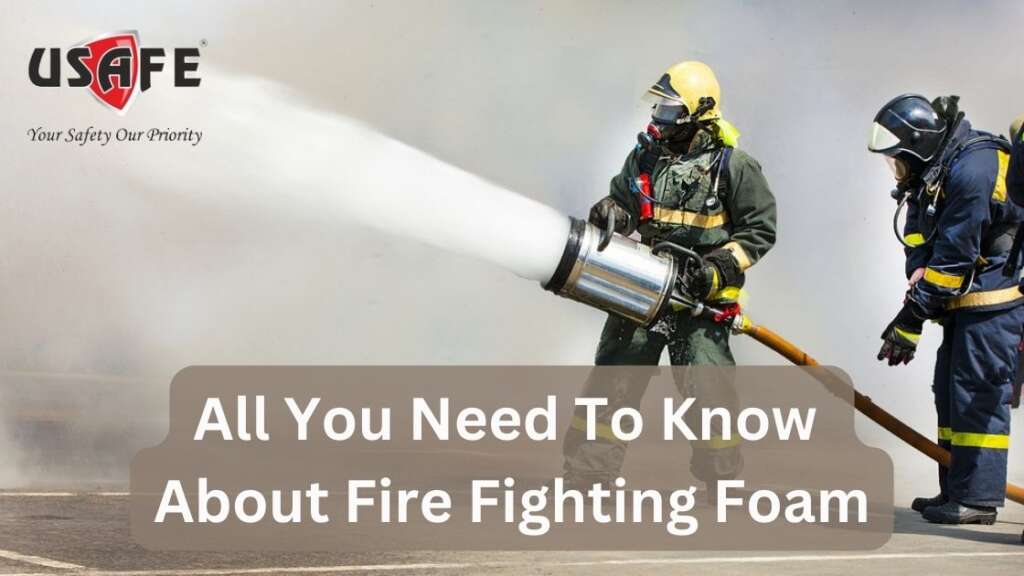
Aircraft hangers, oil and gas processing facilities, oil storage warehouses, commercial kitchen areas, loading platforms, and other industrial spaces are among the locations where fire fighting Afff foam is most frequently used.
Foam fire suppression is very adaptable because it works well both indoors and outdoors.
What exactly is firefighting foam?
When fighting fires, foam is utilised because it is a stable mass made of tiny air bubbles that have a lower density than water, gas, or oil.
The three main components of the mass are air, water, and foam concentrate. The ingredients combine to form foam, a uniform blanket when the right amounts are combined.
Foam concentrates need to be mixed with water in a specific ratio using a proportioner. This ratio depends on the type of foam and the fire situation. Using the wrong ratio can affect the effectiveness of the foam.
Different types of fires require different types of foam concentrates. There are foams for hydrocarbon fuels (Class B fires), ordinary combustibles (Class A fires), and flammable gas fires (Class B fires)
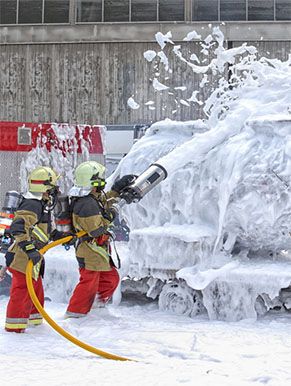
There are two main types of application methods of Fire Fighting Foam Concentrates
- Direct attack: The foam is applied directly onto the burning liquid, such as fuel fires. This requires a solid stream from the nozzle to create a foam blanket on the surface.
- Indirect attack: The foam is applied onto a nearby surface, allowing it to flow over the burning liquid gently. This is used for flammable liquids that mix with water (polar solvents) to avoid disturbing the fuel.
It also can be put into gas cylinders or pressurised apparatuses, such as fire extinguishers, and released to put out fires in an emergency.
The Functions of Fire Fighting Foam
Heat, oxygen, and fuel are the three components that support combustion, or burning. Normally, the fire can be put out by removing or interfering with any of these components.
Afff Fire Fighting Foam functions similarly even though it doesn’t obstruct the combustion process.
The very first phase of using foam is covering the fuel source with a blanket to put out the flames. The fuel source is then isolated from the burning surface.
Cooling down the fuel source and its surfaces is the third step. In order to stop the fire from starting again, the foam finally absorbs any last steam that may have remained on the surfaces.
Foam firefighting works well with alcohol and polar solvent fuels in addition to hydrocarbon fuels.
Fuels classified as hydrocarbons, such as diesel, kerosene, jet fuel, and gasoline, do not combine with water. Explosive liquids with an alcohol base are among the solvent fuels that can be mixed with water.
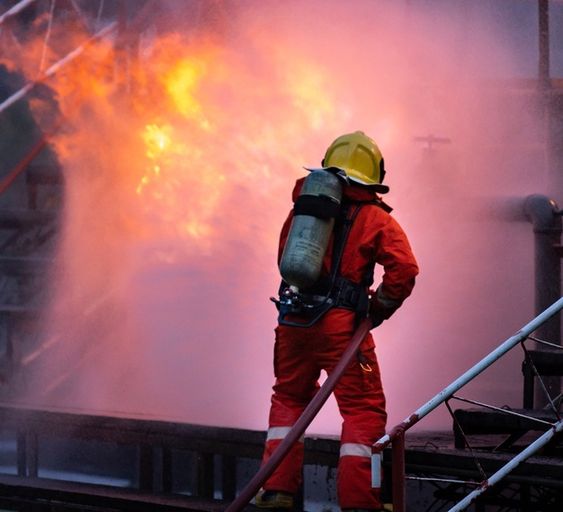
Common Firefighting Foam Concentrate Types
Systems for fighting fires use a variety of foam concentrates. The most popular ones nowadays consist of.
- Foam for Aqueous Film Forming (AFFF)
- Resistant to Alcohol (AR-AFFF)
- Synthetic Foam (Detergents with Medium or High Expansion)
- Wetting Agent
- Class “A” Foam
- Complete Protein
- Fluoroprotein Film-Forming (FFFP)
- The fluoro protein
Some fire fighting foam concentrates are specific to certain combustible liquid fuel sources, but all of the aforementioned varieties can effectively put out the majority of flammable liquid fires.
For example, fires started by hydrocarbons can be put out more quickly by AR-AFFF than by flammable solvents.
The specific kind of firefighting foam concentrate you select will primarily rely on the building’s possible fire hazards as well as the characteristics of the area in which it will be used.
Some Fire Fighting Foam Concentrates are specific to certain combustible liquid fuel sources, but all of the aforementioned varieties can effectively put out the majority of flammable liquid fires.
For example, fires started by hydrocarbons can be put out more quickly by AR-AFFF than by flammable solvents.
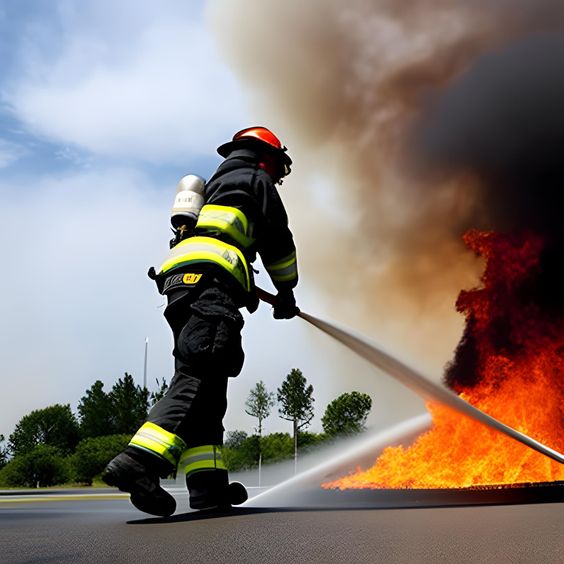
The specific kind of firefighting foam concentrate you select will primarily rely on the building’s possible fire hazards as well as the characteristics of the area in which it will be used.
How to Select the Perfect Foam System
Determining the appropriate foam system necessitates a detailed understanding of a fire department’s requirements, just like choosing any other component, part, or feature of a custom apparatus.
When collaborating with a fire apparatus manufacturer such as Foam Manufacturers In India, the dealer and design team will require an understanding of the following fundamental components.
What Is The Process For Using A Foam System In Your Fire Department?
The first thing to think about is the intended use of foam, what a fire department already does, and what they might be planning for the future.
It is essential to educate people about the advantages of a foam system that meets the demands of the department.
Providing the appropriate system to support each fire department according to the kinds of fires and emergency scenarios they deal with is the aim.
figuring out which foam to use (Class “A” and Class “B”) as well as the right percentage needed for each run.
The recommended size and type of foam system will depend on the kinds of calls that a fire department handles on a regular basis and the situations in which foam will be utilized.
Conclusion
A Fire Fighting Company can help in identifying the foam system that best suits a department’s needs by having a thorough understanding of the requirements of the department.
Fire departments can choose from a variety of foam system manufacturers, but it can be challenging to choose the best foam system for your needs and surroundings if you don’t have any help.
Working with each department, United Fire and Safety Services choose the foam system that best suits the unique apparatus design and size needed for a typical emergency response.
We make sure every fire department is suitably equipped and happy with their choice of foam system by providing and installing many name brand systems.


